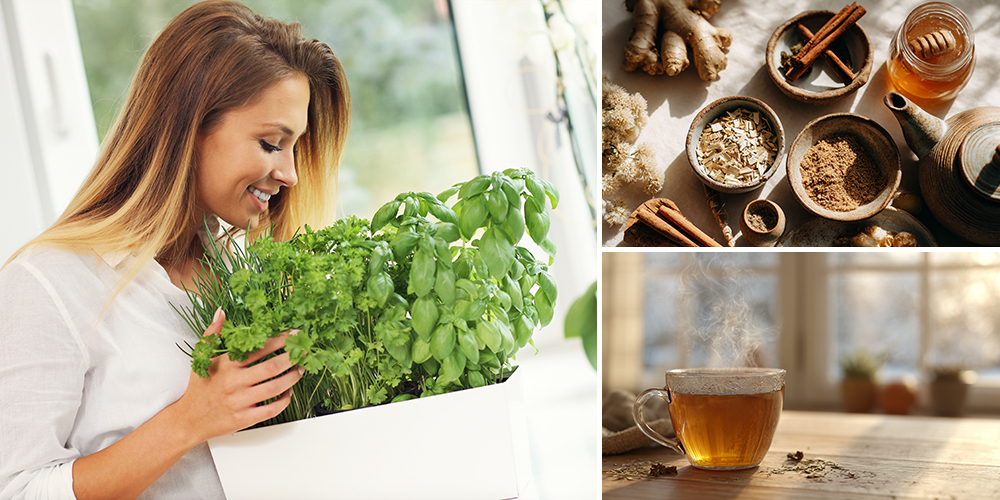
Nature’s Aspirin
The Pills We Trust… Until They Betray Us
You get a headache ➡️ you reach for aspirin. Your joints ache ➡️ you pop a Tylenol. It’s automatic. But what if these everyday pills are quietly tearing you apart from the inside?
Every week, over 60 million Americans take acetaminophen, trusting it as a safe go-to. But here’s the truth: aspirin, acetaminophen, and other OTC painkillers come with side effects that most people only discover too late… after a hospital visit, a bleeding ulcer, or even organ failure.
Before you take your next dose, do something no one ever bothers to: read the drug facts label. Go to the “warnings” section. You’ll see the very things we’re about to talk about: internal bleeding, liver damage, stomach ulcers, and kidney failure.
And these aren’t rare “in case of asteroid impact” warnings — they happen more often than you think.
Aspirin can cause stomach bleeding and even brain bleeds, especially in older adults.
NSAIDs (like ibuprofen) can slowly erode your gut lining, leading to ulcers that bleed without warning.
Acetaminophen is the #1 cause of acute liver failure in the U.S. Just a bit over the “safe” limit can set off a silent chain reaction that ends in the ER.
Long-term use of painkillers can stress your kidneys until they give out, often with no symptoms until it’s too late.
These drugs have their place — for emergencies, short-term use, or when a doctor says it’s necessary. But daily use? That’s where the real danger begins.
And it’s why more people are now looking elsewhere. To nature. To gentler remedies that don’t leave your liver screaming or your stomach lining raw.
If you’ve ever popped an aspirin… or worse, made it a habit… your gut’s not okay.
These pills don’t just kill pain — they wreck the protective lining in your stomach and intestines.
Tiny tears. Hidden bleeding. Silent inflammation.
And most people don’t even know it’s happening until it’s too late.
If you want to keep your gut from collapsing under the damage…
👉 Start restoring it here — before it’s beyond repair.
You Deserve Better Than Just Another Pill
If you’ve ever reached for a painkiller and felt a little uneasy afterward… you’re not imagining things.
Maybe the relief kicks in, but deep down, there’s that nagging question: What is this really doing to me? You feel it in your gut… literally, sometimes. Or in your energy. Or in the quiet fear that taking these pills every day might come at a cost.
That fear? You’re right to listen to it.
I wrote this because I needed answers, and I figured you might be looking for them too. I’ve spent weeks digging into the research, the studies, and the old wisdom people used before modern pharmacies took over. And what I found changed everything.
Because you’re not stuck. You’re not limited to pills that chip away at your gut, your liver, and your kidneys. There are safer, smarter ways to deal with pain — and I’m going to show them to you.
🌿You’re Surrounded by Remedies — But Do You Even Know What They Look Like?
I used to walk past wild herbs every day, completely blind to what they could do for me.
And that’s the terrifying part.
You could be just a few leaves away from something that could restore your gut, calm your nerves, or even kickstart your hair to grow again — and never know it. Most people don’t.
But now you can.
This photo-rich guide shows you what these healing plants look like, where to find them, and how to prepare them into potent home remedies. No guesswork. Just wisdom you can actually use.
Here’s just a glimpse of what you’ll find inside:
➡️ A Rosemary Hair Growth Serum — Did you know rosemary, when infused the right way, boosts blood flow to the scalp and helps awaken dormant follicles? It’s not magic. It’s biology — and you can make it yourself.
➡️ A DIY Migraine Tincture — Forget synthetic meds. This natural blend helps relax blood vessels and calm inflammation, offering relief without the chemical fog.
➡️ The Herbal Band-Aid Tincture — A simple combo of 3 plants that disinfect, seal, and speed up wound healing like nature’s first-aid kit.
➡️ A Salve for Joint Pain and Bruises — Made with ingredients you’ve probably walked past on a hike. It works by drawing out inflammation and easing mobility fast.
➡️ The Lung-Clearing Cold Syrup — Thickened with plantain leaf and wild cherry bark, this syrup helps expel mucus and ease coughing naturally.
➡️ A Tummy-Taming Tea Blend — For bloating, indigestion, or nausea — crafted from gentle backyard herbs that coat and calm your gut lining.
And that’s not even half of what’s inside.
If you want to finally see the healing options around you — and know exactly what to do with them — then The Forgotten Home Apothecary is your guide.
👉 Click here to open the book and discover what remedies have been hiding in plain sight »
Keep reading, and I’ll walk you through the best natural alternatives I uncovered, and then introduce you to the one that’s earned the name “nature’s aspirin.”
Trust me… you’ll want to meet it.
Turmeric: When Inflammation Is Wrecking Your Joints
If your joints are hot, puffy, or throbbing, that’s inflammation. And turmeric? It shuts it down at the source.
Inside turmeric is curcumin, a natural compound that blocks the same inflammation pathways targeted by over-the-counter painkillers, without the gut damage. Studies show curcumin helps reduce joint pain, swelling, and stiffness, especially in people with arthritis.
This isn’t hype. It’s been tested. And if you’re sick of masking symptoms and actually want to calm them, turmeric’s a solid start.
Just remember: it works better with black pepper, which boosts how much your body absorbs. You don’t need fancy pills — start with a teaspoon in warm milk or broth and build from there.
Ginger: For the Pain That Never Lets Up
If you’ve got a pain that’s always there, your back, your knees, your hands, ginger goes after it hard.
It’s packed with gingerols, which lower the body’s pain chemicals and fight inflammation from the inside out. In clinical trials, ginger has been shown to work as well as naproxen for knee pain, minus the bleeding ulcers.
It’s also fast. Drink it as a tea. Add it to food. Take it in capsules. Around 2 grams a day is a sweet spot.
Bonus? It supports digestion and immunity while it handles your pain. That’s what real multitasking looks like.
Meadowsweet: Pain Relief That Doesn’t Tear Up Your Stomach
If aspirin leaves you with stomach pain or acid reflux, meadowsweet is worth your attention.
It contains natural salicylates (the very compound aspirin is built on), but it’s far gentler on your stomach. In fact, herbalists used it to treat ulcers, not cause them.
It’s great for headaches, joint pain, and inflammation that flares with weather changes or stress. Take it as a tea or tincture, especially before reaching for an NSAID.
⚠️ Like aspirin, it’s off-limits for people with salicylate sensitivity. But if you’re not one of them, meadowsweet might be exactly what your body’s been missing.
Remember: None of these herbs are miracle pills, but they do work. They help lower inflammation, ease pain, and support your system without destroying your liver or your gut.
But here’s the thing most people miss…
🔥 Heat turmeric the wrong way — like boiling it too long — and poof, the healing curcumin’s gone.
🥄 Grate ginger raw and take too much? You could irritate your stomach or mess with your meds.
🌱 And those plant parts you toss — like peels or stems? They’re often more powerful than the part you kept.
Natural doesn’t always mean safe — unless you know what you’re doing.
That’s why you need a guide. One that shows you how to prepare remedies properly, avoid dangerous mistakes, and unlock the real healing power of plants.
In this link I prepared for you, a complete source that teaches you how to turn herbs into a real fat burner… or how a simple kitchen spice, when prepared correctly, becomes a powerful remedy for joint pain, stomach issues, or even anxiety.
You’ll also find recipes for immune broths, lung support teas, pain-soothing tinctures, and herbal blends for sleep, energy, or infections — all based on time-tested knowledge and modern science.
It’s the kind of thing you’ll want to keep close, especially when you need to heal… and help yourself.
If you’re still relying on pills every day, it’s time to rethink your options. These herbs have been trusted for centuries, and now, science is finally catching up to why.
And next up? The one plant that does it all… the herb that gave birth to aspirin itself.
Keep reading.
The Herb That Gave Us Aspirin — Without the Fallout
If you’ve ever wondered where aspirin really came from, it wasn’t a lab. It was the bark of a tree.
White willow bark (from the Salix alba tree) has been used for centuries to ease pain, reduce fevers, and calm inflammation. Long before synthetic drugs hit the shelves, this bark was brewed into teas and tinctures by people who had no backup plan if it didn’t work. It’s stood the test of time for one reason: it works.
Inside the bark is a natural compound called salicin. Once in your body, salicin turns into salicylic acid — the same chemical that aspirin is based on. It does what aspirin does: lowers inflammation and dials down pain by reducing prostaglandins, those chemicals that scream “something hurts!” inside your body.
But there’s a key difference: willow bark does it gently. It’s slower, yes — it can take a few days to really feel — but it’s steadier, and for many, it comes without the side effects of daily NSAIDs.
Studies show it can help with chronic back pain, arthritis, headaches, and muscle soreness — especially the types of aches that drag on and leave you reaching for that bottle on the shelf again and again. And unlike quick-fix pills, this one actually supports your body rather than hammering it.
I used to think nothing could touch my back pain — until I found an old recipe for a hot pepper salve. It was something my grandma used to swear by… cayenne, mustard, and a few other ingredients I nearly threw out because I didn’t know what they were for. Turns out that “folk remedy” worked better than any tube of gel I ever bought.
🌶️ The full recipe — plus dozens of others like it — is tucked away in a little guide called on page 175.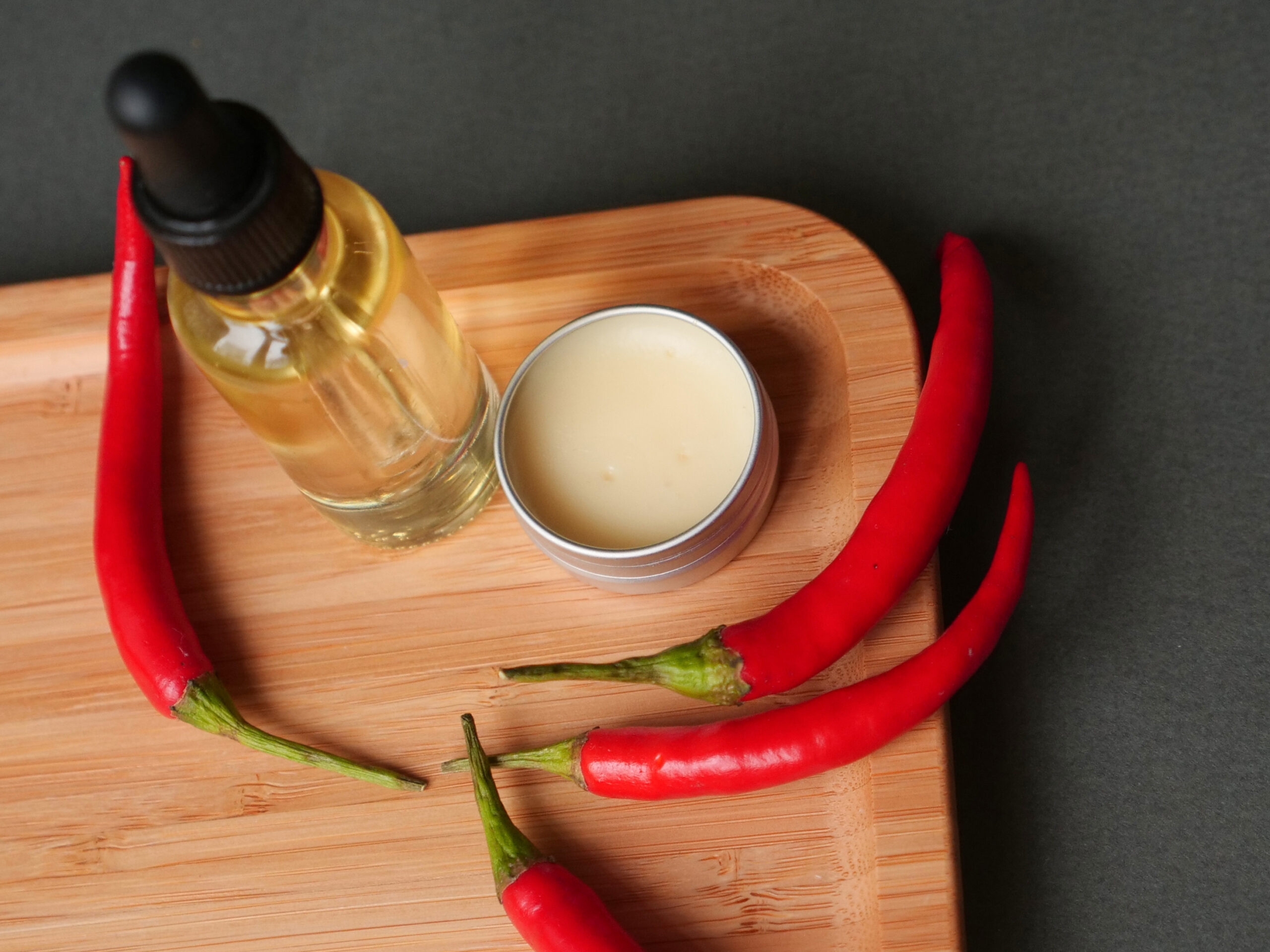
Here’s the link straight to it.
But if you don’t have time to make your own, there’s a shortcut:
👉 A ready-made version created by one of today’s top herbalists, Nicole Apelian, using the exact herbs your body needs for pain and inflammation.
But, and this is important, natural doesn’t mean risk-free.
Willow bark still delivers salicylic acid. That means if you’re sensitive to aspirin or have a history of ulcers, you need to be careful. It can still irritate the stomach in some people, and yes, it can still cause bleeding or allergic reactions if misused or overused.
So treat it like medicine — because it is. Just not the kind that tears through your gut lining on the way to your headache.
If you’re looking for a slower, steadier, more natural way to manage pain… and you’re willing to give it time to work, this bark may be exactly what your body’s been waiting for.
How to Brew White Willow Bark Tea (a.k.a. Nature’s Aspirin in a Cup)
You don’t need a lab or a pharmacy to make this. Just a pot, a few herbs, and a little patience.
This tea has been used for centuries to ease pain, soothe inflammation, and give the body a break from constant discomfort. It’s not instant like a pill, but that’s the point. You’re working with your body here, not against it.
…But here’s the thing: if you really want to help your body heal, not just manage the pain, you’ve got to cut the hidden triggers, too.
The foods you eat, the toxins around you, even your daily habits… they might be silently fueling your inflammation.
👉 That’s why I follow this anti-inflammatory protocol — it shows you the exact triggers to avoid and what to eat instead if you want long-term relief, not just short-term fixes.
Here’s how to make it:
What You’ll Need:
- 2–3 teaspoons of dried white willow bark (find it at a trusted herb shop or online)
- 8–10 ounces of water
- (Optional but recommended):
– a slice of fresh ginger root
– a cinnamon stick or a pinch of ground cinnamon
– raw honey or agave syrup, to taste
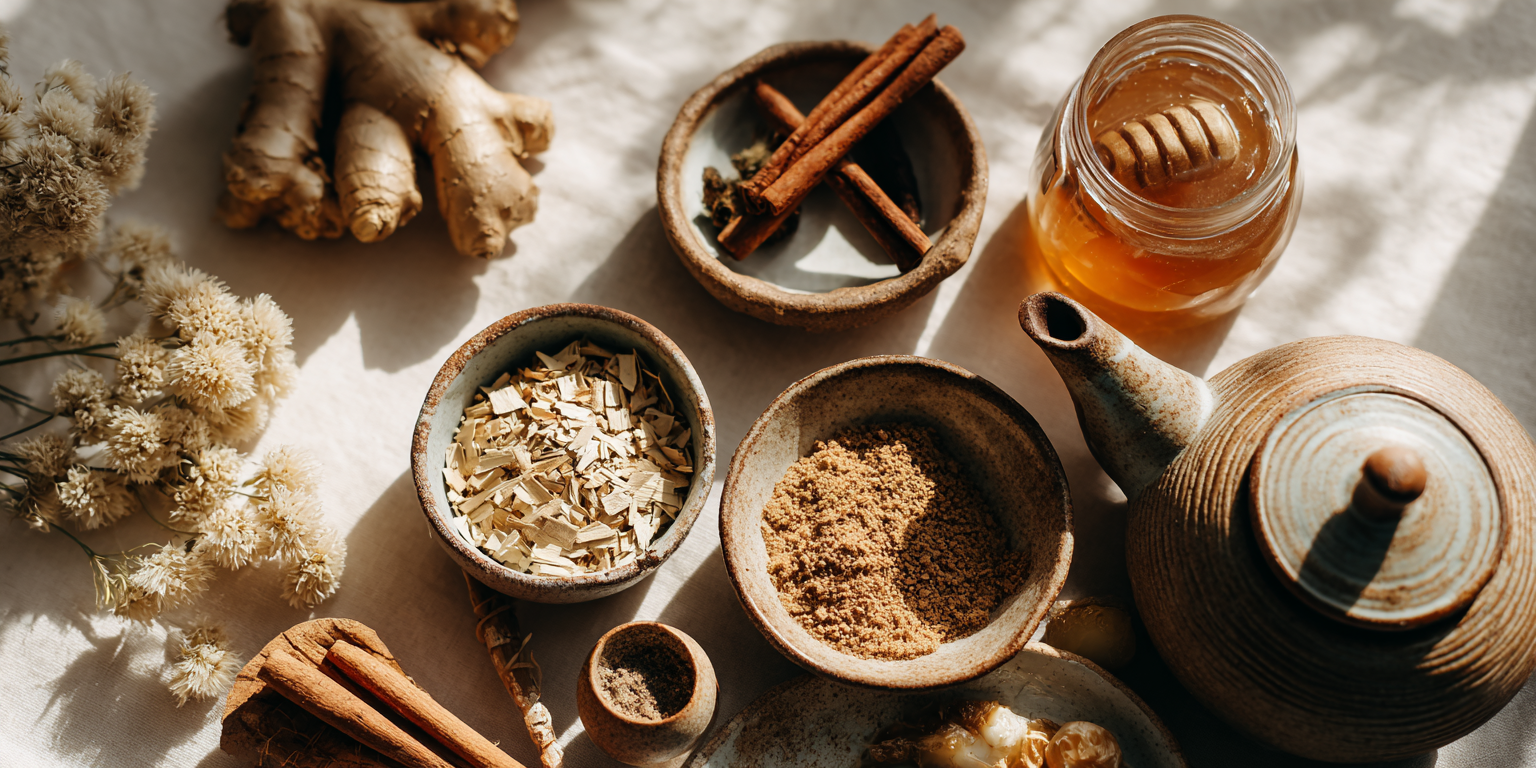
Step-by-Step:
- Add and simmer
Put the willow bark and water into a small pot. Bring it to a boil, then reduce to a simmer for about 10–15 minutes. This slow simmer is what draws out the salicin — the pain-relieving magic hidden in the bark. - Boost the benefits
Once you turn off the heat, drop in that slice of ginger and a cinnamon stick. Not only will it taste better, but these ingredients have their own anti-inflammatory perks — especially helpful if your pain is chronic or flares with stress. - Let it steep
Cover the pot and let the mixture steep for another 15–20 minutes off the heat. Think of it like steeping strength into your tea — the longer it sits, the more potent it becomes. - Strain and sip
Strain it into your favorite mug, removing the bark and any added herbs. Add honey or agave if you need to soften the bitterness (which, by the way, is a sign it’s working).
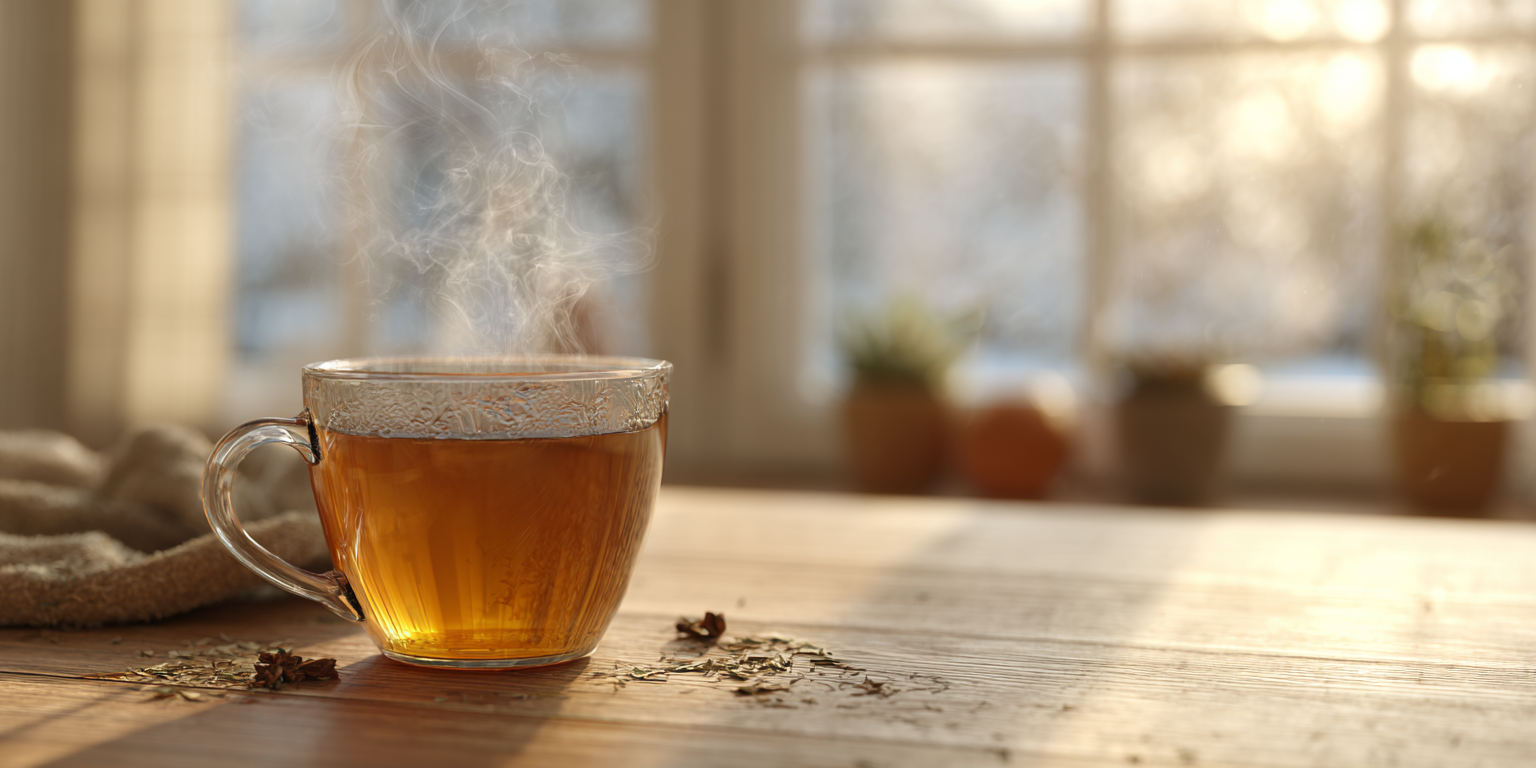
A Few Tips Before You Drink
Start with just one cup a day — willow bark is potent, and your body needs time to adjust.
This isn’t a quick fix. It builds gradually, offering steady support rather than a jolt. Give it a few days to do its work.
⚠️ Skip this tea if you’re allergic to aspirin, have ulcers, take blood thinners, or are pregnant. And never give it to children.
Used mindfully, this tea can help manage pain without wrecking your gut or stressing your organs. But don’t mistake “natural” for “harmless.” It still acts like medicine and deserves the same respect.
Unlike OTC meds that can silently damage your liver, kidneys, and stomach lining… this works with your body, not against it.
The Natural Pharmacy That Could End Your Dependence on Pills Forever — Before Big Pharma Buries It
You can’t keep doing this.
Pill after pill. Capsule after capsule.
The painkillers that wreck your liver.
The antibiotics that nuke your gut.
The subscriptions that Big Pharma counts on — to keep you hooked and hurting, not healed.
They don’t want you well.
They want you to be dependent. Quiet. Submissive.
Paying every month for “relief” that never actually fixes the problem.
Meanwhile?
Parasites drain your energy.
Toxins inflame your brain.
Your gut — your immune system’s control center — gets shredded, until nothing feels right anymore.
But the worst part?
You’ve probably walked past the cure.
That weed in your backyard. That flower on the trail. That bark you brushed off your coat.
If only someone had told you:
🌿 This one’s Nature’s Amoxicillin.
🧪 That one’s a Herbal Parasite Flush.
🔥 And this? It’s Painkiller in a Jar.
They’re all in here — inside a book so complete, it threatens the system built to keep you sick.
That’s why it might not be available forever.
Too many eyes. Too much truth.
So if you ever wanted to take control — real control — over your health, your pain, your body…
Click here now before it disappears.
You have safer options now.
Use them wisely — and take back control.







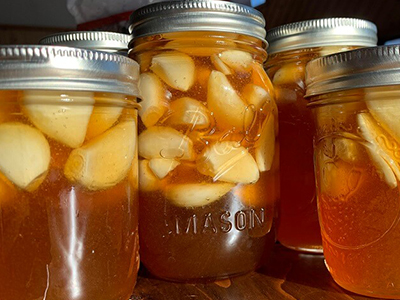
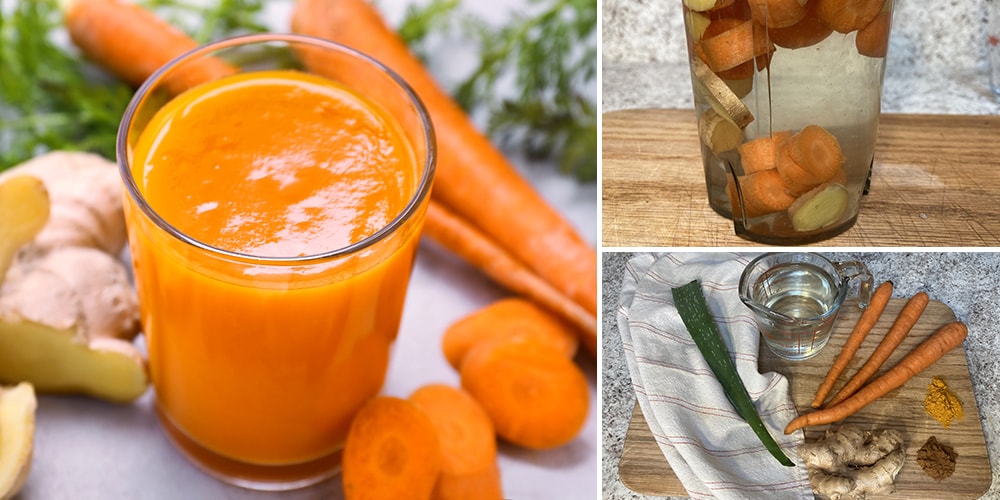
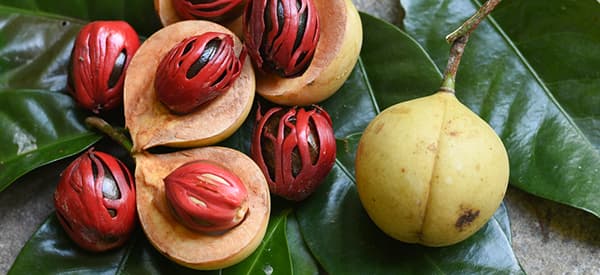
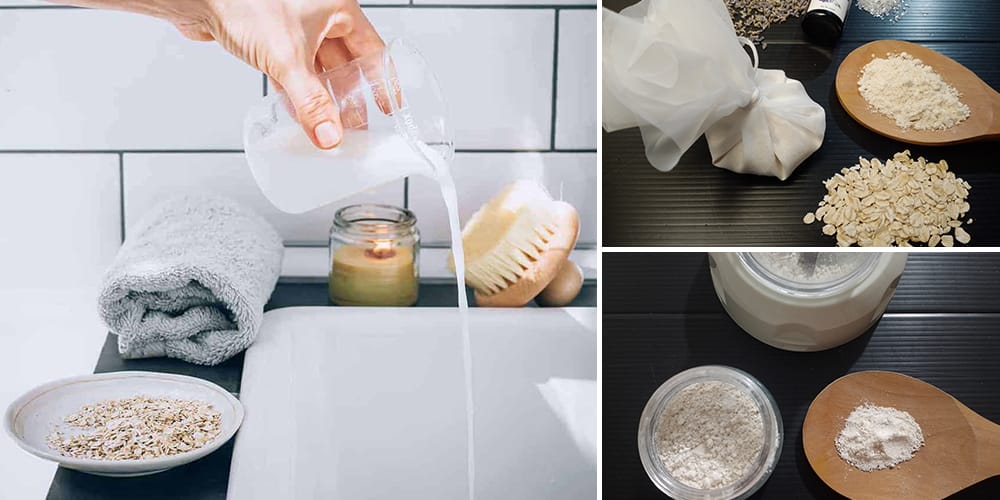
Fantastic again, you don’t know how much this pensioner appreciates your emails for me to copy and keep Thank you,
Every other notice that comes through from others only want to sell their product or information, I really look forward to any data coming from you people. Thank You.
Bob Clutton
Habana Nth Qld.
Bob, your message truly means the world. We’re so glad these emails are helpful—and even more so that you feel they’re worth saving. Thank you for sticking with us and taking the time to say this. Sending a big hello from our team to Habana, Nth Qld! 💚